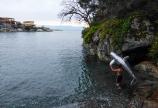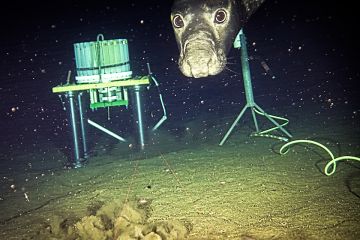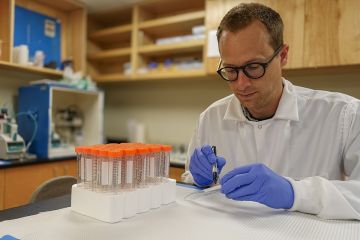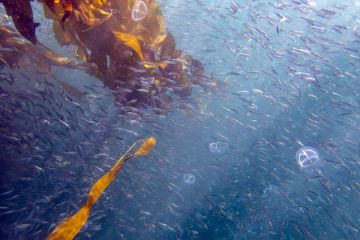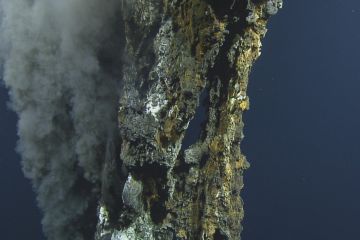Big ocean ideas in arts
- John Threlfall
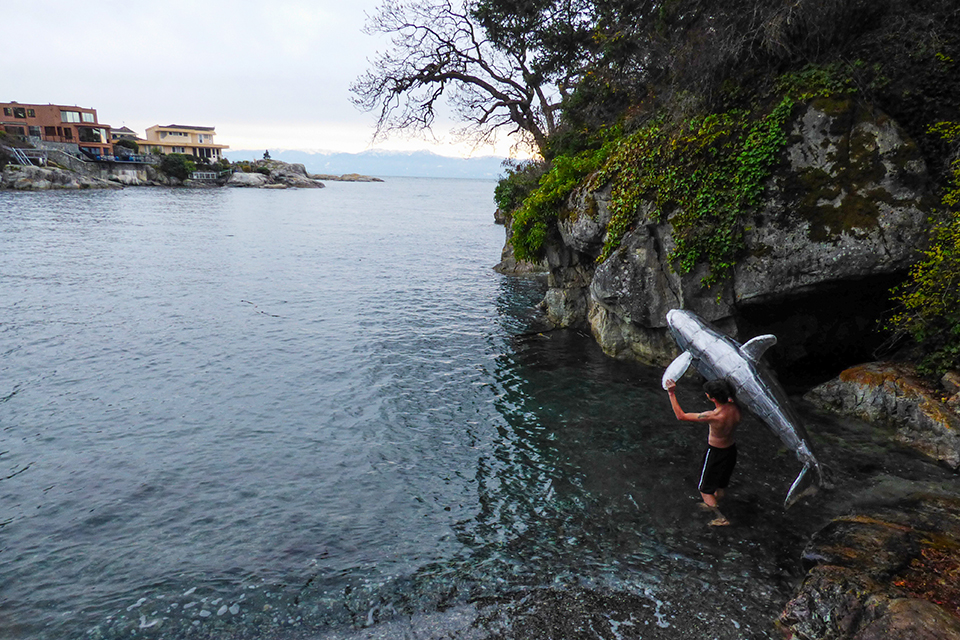
Digital media artist and UVic visual arts MFA candidate Colton Hash, the inaugural Ocean Networks Canada (ONC) artist-in-residence, and UVic Department of Writing instructor Mark Leiren-Young are both applying oceans of knowledge and creative activities to effectively address scientific questions and emotional concerns of human impacts on the oceans.
Writing instructor pens RBCM orca exhibit
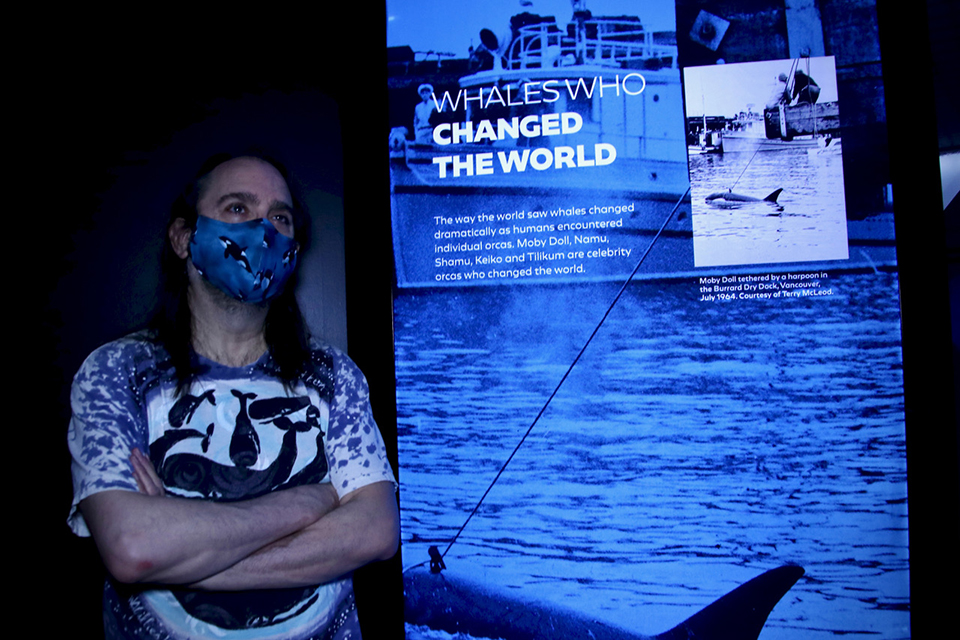
Leiren-Young—author of The Killer Whale Who Changed the World and Orcas Everywhere, and host of the Skaana podcast—is writer and consultant for the current exhibit at the Royal British Columbia Museum, Orcas: Our Shared Future.
From monster to beloved
An award-winning author, playwright and passionate environmentalist, Leiren-Young is now widely recognized as an orca expert due to his research into Moby Doll, the first killer whale held in captivity.
“In July 1964, CBC TV announced that the ‘Vancouver Aquarium has captured a monster’—but by August the headline was ‘This is Vancouver’s beloved killer whale’,” he says. “People used to be terrified of killer whales and truly believed they were vicious monsters. But to go from ‘monster’ to ‘beloved’ in a few weeks . . . Moby Doll really changed the way the world saw killer whales.”
A dream job
Ranging from ecological activism and popular culture to Indigenous beliefs and the complex social structure of orca society, Leiren-Young’s work on Orcas: Our Shared Future has also been a dream for the UVic fine arts alumnus.
I remember walking through the Royal BC Museum as an undergrad thinking, “who writes these exhibits? That would be an amazing job!”
—UVic writing instructor and fine arts alumnus Mark Leiren-Young
Find out more
Visualizing human impact on oceans—with art
How can scientific data be translated into art that engages both the mind and the heart?
That’s the question driving Hash, who uses data visualization to create interactive artworks that explore questions about science and the human impact on the oceans.
Creating interactive works
Hash, who became the inaugural artist-in-residence at ONC in 2019, uses a technological and intuitive process to translate scientific data into an accessible format.
He has developed a number of interactive works that can be exhibited online, as well as within science museums and contemporary art galleries.
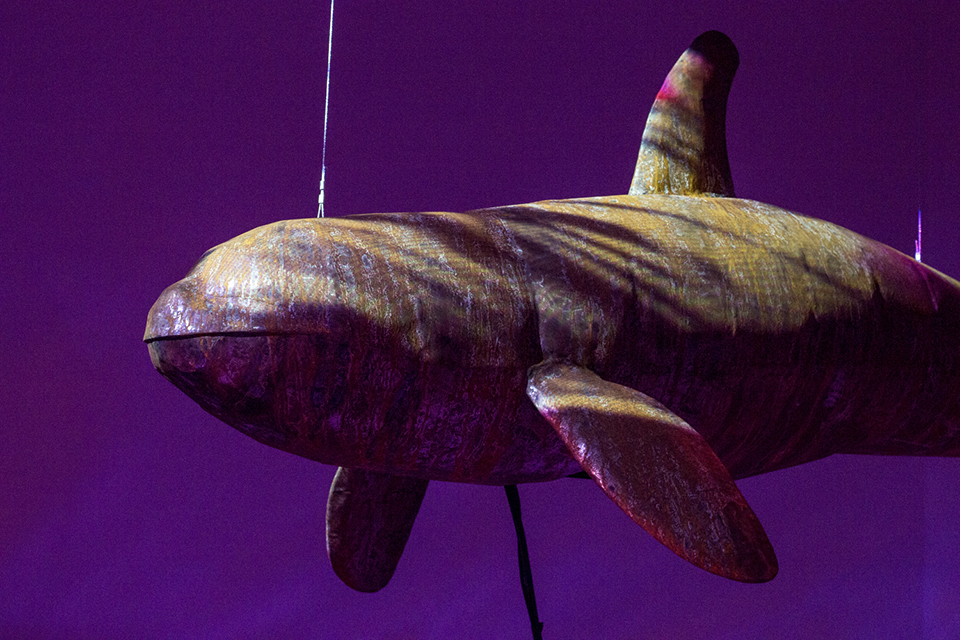
Art with purpose and responsibility
“Exploring my personal role within the vast fields between science and art has invigorated my creative practice with purpose and responsibility—inspiring me to contribute to public discourse relating to our impacts on the ocean,” he says.
Find out more
Photos
In this story
Keywords: Oceans, art, research, writing, visual arts, Ocean Networks Canada
People: Mark Leiren-Young, Colton Hash

